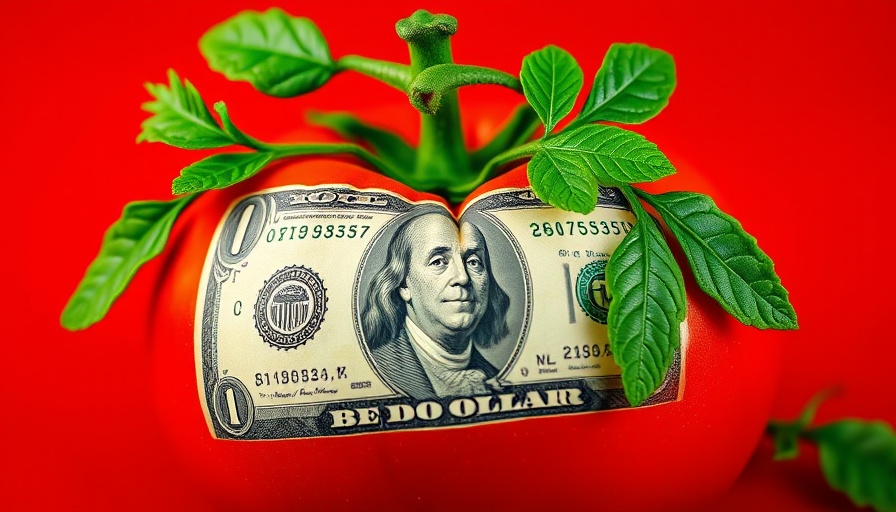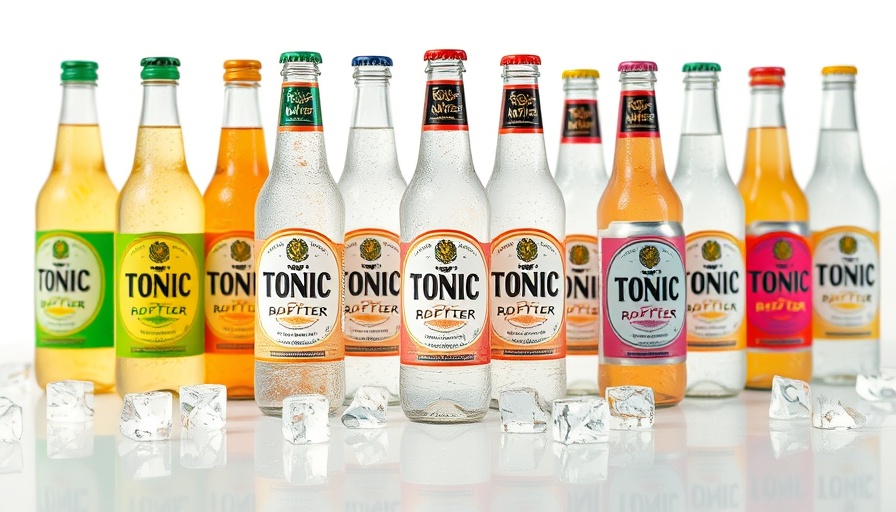
Experience the Joy of Strawberry Scones
Strawberry scones are not just a delightful pastry; they are an experience waiting to unfold in your kitchen. Perfectly embodying the spirit of adventure, these scones bring a burst of sweetness and joy that can transform any tea time or brunch into a celebration. Imagine indulging in these fluffy treats while sipping your favorite beverage, whether you’re in a cozy café or in the heart of a bustling city as you work remotely. For digital nomads exploring local cuisine, discovering the rich history of scones and experimenting with this easy recipe is both fulfilling and enjoyable.
Historical Connections to Scones
Did you know the origins of the scone trace back to Scotland? Once a type of quick bread, the name is believed to derive from the Gaelic word 'sgonn,' meaning 'shapeless mass.' Eventually, scones made their way to England, evolving into the classic tea-time treat we cherish today. This blend of Scottish and British culinary traditions not only enhances your baking skills but also connects you with centuries of shared cultural history—a fascinating element to share with fellow nomads when exploring local cuisines in new cities.
The Art of Baking: Tips You Need
Baking scones may initially seem daunting, but it’s a culinary endeavor that rewards patience and practice. Follow these essential tips:
- Cold Ingredients Rule: Ensure your butter and dairy are chilled to achieve that perfect flaky texture.
- Master the Butter Technique: Use a pastry cutter or your fingers to create a crumbly mix with visible butter pieces.
- Flour the Berries: Prevent fresh strawberries from sinking by coating them in flour before mixing.
- Gentle Mixing Only: Combine wet and dry ingredients until just mixed to ensure tenderness.
- Patience is Important: Handle the dough with care and minimal pressure to avoid warming it up.
- Uniform Sizing: Cut scones to equal sizes for even baking, preventing any from being undercooked.
- Hot Oven: Preheat to 400°F (200°C) for the best rise and flakiness!
- Cooling Time: Place baked scones on a wire rack to maintain their texture.
Exploring Strawberry Scone Variations
The beauty of strawberry scones lies in their versatility. Feel free to experiment by adding different ingredients or flavors. Craving a touch of citrus? Consider lemon zest for a refreshing twist. Want to spice things up? Stir in fresh herbs like basil or mint for an unexpected flavor profile. This playful approach to baking allows you to become part of a global culinary conversation, sharing and experiencing new tastes as you travel.
Creating Memorable Moments: From Kitchen to Table
Whether enjoyed alone or shared with friends, strawberry scones can create lasting memories. Picture a sunny afternoon in a park or a charming brunch setting with friends, where laughter fills the air and the warm scent of freshly baked scones wafts around. These simple pastries can act as a catalyst for connection, enriching your travel experiences by encouraging social interactions and cultural conversations, all while enjoying delectable local flavors.
As you embrace the adventure of baking strawberry scones, remember that it’s not just about the destination but the journey as well. Each step in the process is an opportunity to learn and explore, whether you’re focusing on perfecting your baking techniques, discovering the essence of local flavors, or sharing stories with fellow food enthusiasts. Happy baking!
 Add Row
Add Row  Add
Add 




Write A Comment